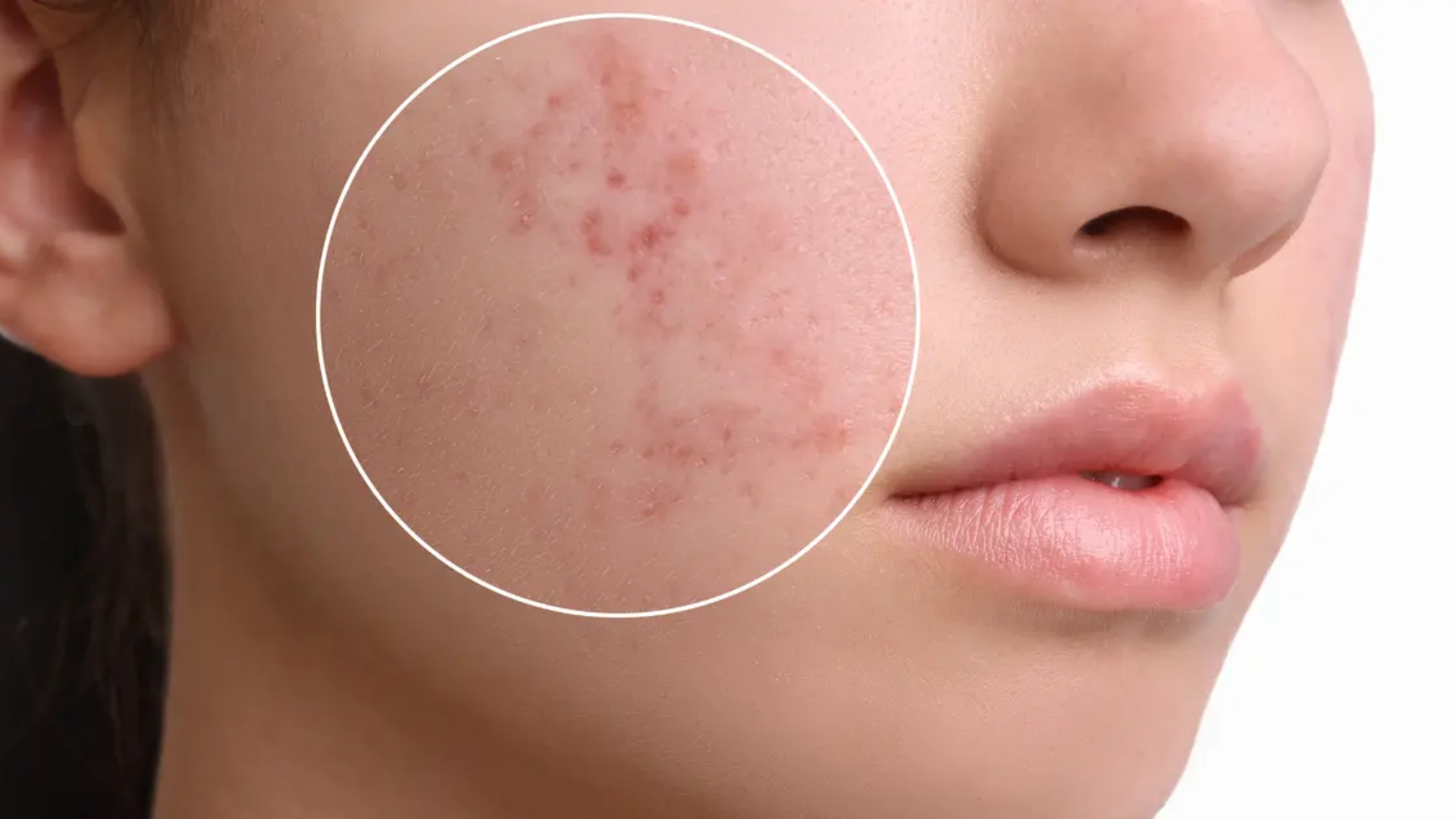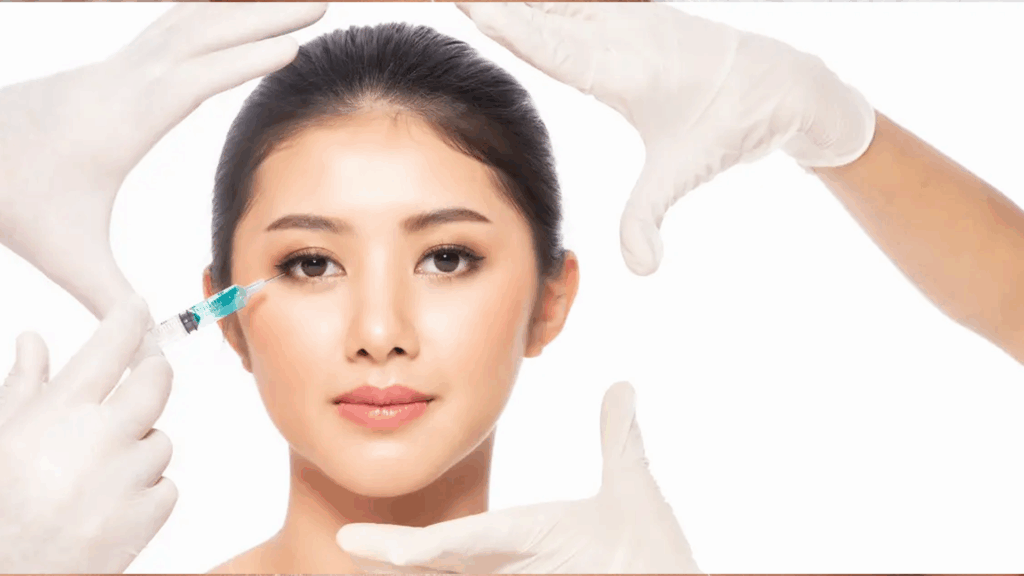Acne Scars Are a Concern That Makes the Skin Uneven and Worries Many People
Treating acne scars has become a topic of interest nowadays. But why not first look at how to prevent them before they become a bigger problem in the future? And if they do occur, how can they be treated?
Acne Scar Treatment (Atrophic Scars)
What Are Acne Scars (Atrophic Scars)?
Acne scars are marks left from previously inflamed acne on our face. They occur because the skin’s repair system is incomplete, leading to scars or indentations on the skin.
Most often, acne scars form from severe inflammation or deep skin infections. This incomplete skin healing can cause a reduction in collagen and surrounding tissues or contraction of tissues.
This results in scars or pits that go deep into the skin, making the skin surface uneven and irregular in shape. Acne scars are a significant concern in skin care and can cause dissatisfaction with skin appearance.
What Causes Acne Scars (Atrophic Scars)?
They result from an incomplete skin tissue regeneration process after acne eruptions. Acne causes skin inflammation where skin cells and collagen formed during healing are insufficient to repair the damage.
This leads to tissue and collagen contraction in the affected area. Acne scars occur in up to 95% of patients with acne.

Severe Acne Scars or Atrophic Acne Scars Affect Approximately 22% of Cases
These scars result from a severe inflammatory reaction occurring in the dermis (the deeper skin layer), involving a response to bacterial infection.
This causes permanent acne scars because the skin is damaged, leading to the destruction of collagen and surrounding tissues. Particularly with cystic acne or large nodules, they leave large scars that penetrate deep into the inner skin layers, resulting in deep pits and fibrosis.
Types of Acne Scars
Acne scars can be divided into 3 types:
| Ice Pick Scars | These scars are deep with a narrow opening. They extend to the subcutaneous tissue (beneath the skin) and usually do not exceed 2 millimeters in depth. Ice pick scars are most commonly found on the cheeks and are the most difficult type of acne scar to treat. |
| Boxcar Scar | These scars have a box-like shape, round or oval, with well-defined edges, and are about 3-4 millimeters wide. |
| Rolling Scar | These scars appear as broad depressions that slope down into the skin with a rolling or wave-like appearance, measuring about 4-5 millimeters wide. |

Basic Acne Scar Prevention and How to Reduce the Risk of Acne Scars
Proper and careful skincare can significantly reduce the chances of developing acne scars. Several methods can be used to prevent or minimize the risk of acne scars, such as regularly cleansing the face.
Choosing skincare products suitable for your skin type and properly protecting your skin from sunlight can help prevent collagen damage. Drinking enough water helps maintain skin hydration and supports the skin’s natural healing process.
Maintaining healthy skin also involves a balanced diet and sufficient exercise. Preventing acne scars starts with correct and appropriate facial care.

Deep and Severe Acne Scars Can Be Treated with Laser Therapy
Laser treatment is one of the most effective methods for treating acne scars. Besides improving the appearance of acne scars, it can also help make the skin smoother and brighter by reducing other acne-related marks on the face.
Using advanced technology and modern laser devices ensures safety and delivers quick results.
Acne Scar Treatment at The Vogue Clinic
Since acne scars are difficult and time-consuming to treat, using advanced laser equipment can reduce treatment time and improve the effectiveness of scar removal. At The Vogue Clinic, we offer state-of-the-art, safe laser technology supervised by experienced specialists you can trust.






